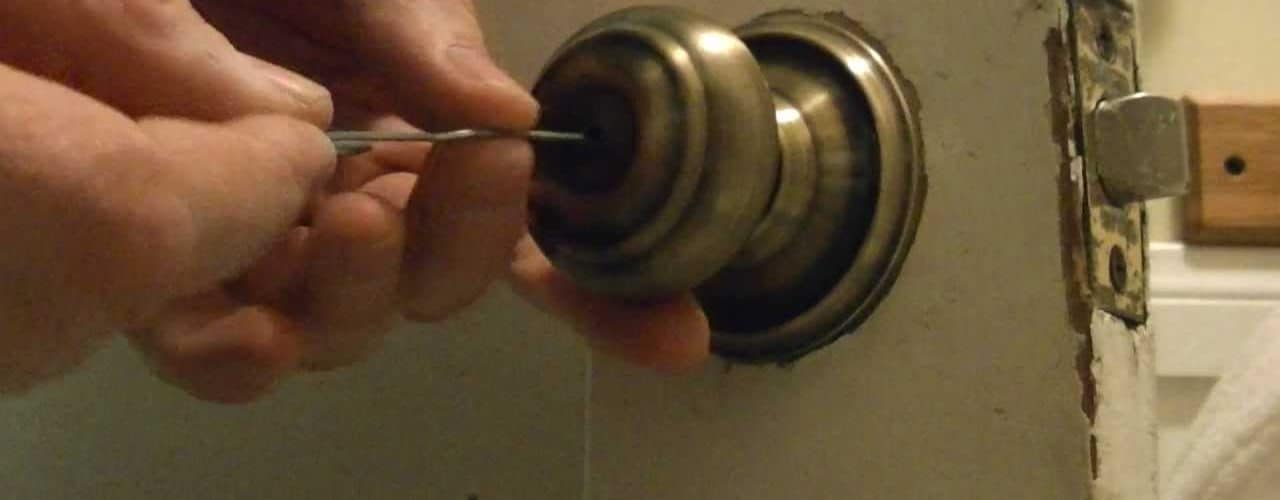The hour is late, and you, tired after a long day, have just started the bath for your two-year-old. Your child toddles behind you as you walk toward the linen closet to retrieve a fresh towel. The sound you hear next fills your heart with dread. It is the loud, irrevocable click of the bathroom door.
With a sinking heart, you recall that your child has become fascinated with the door’s locking mechanism. You rush back to the scene of the crime and discover that, sure enough, your worst fears have come to pass. With the water running at full tilt, your bathroom door is locked. What do you do? How can you solve this problem with speed and efficiency—hopefully before your entire upstairs is flooded?
Sooner or later, this scenario or something similar will happen to virtually every parent. Your child will lock the bathroom door, possibly while inside it or possibly after they have exited. Particularly in the case of the former, it is vital that you have an effective strategy for quickly releasing the lock and opening the door.
Fortunately, most lockable bedroom and bathroom doors have a built-in mechanism to unlock them. One of the most common types of doors contains a push-button locking device. With this type, all you need to do is to insert a paper clip. Long nail or other rigid, thin object into the outside doorknob. Even a straw from a juice box or a piece of spaghetti can do the trick. Use your tool of choice to poke around inside the lock until you compress an unlocking button. You should detect an audible clicking sound and then the door will be open. From that point on, be sure to store your unlocking tool in a safe place out of reach of your child. Almost certainly, this incident will not be an isolated one.
Another common type of lock uses a turning tab or button to lock it. With these, all you need is a very small flathead screwdriver. In this instance, it is especially good to prepare in advance by testing any screwdrivers you may have on hand, purchasing the correct size if you don’t already have it. Then just use your sense of touch to move the screwdriver around inside the lock until you feel it slide into a slot in the center. Then all you must do is rotate it a clockwise quarter-turn. The lock should release at that time.
Although there are other types of bathroom door locks on the market, most will respond either to the rod-like tool or the flathead screwdriver. If you need illustrated steps to unlock your door, check out Cockeyed.
In the worst case scenario, you have one more option, although it is expensive. You can always contact a local locksmith. Reputable ones usually offer 24-hour emergency service—at a premium, of course. Your best defense against a stubborn locked door, however, is preparation, patience, and a steady hand. These mental tools will help you to arrive at and use the door unlocking solution that works most quickly and efficiently.



